If you are dreaming of creating an exotic, luscious, green indoor garden in your home you will probably need to invest in a plant humidifier.
Knowing that the word ‘invest’ may make you apprehensive, don’t stress, you have 3 options.
- You can abandon your garden idea and opt for a display of Grandma’s dusty ornaments
- You can create a desert-style cactus garden that loves dry weather and won’t need a humidifier
- You can learn all about indoor plants and humidity and become an expert. Create your own exotic tropical garden that will give you hours of pleasure. A humidifier creates a calming ambience in your home and improves the quality of the air, giving you added health benefits.
For those who chose option 3 – the first question is…..
What is a Plant Humidifier?
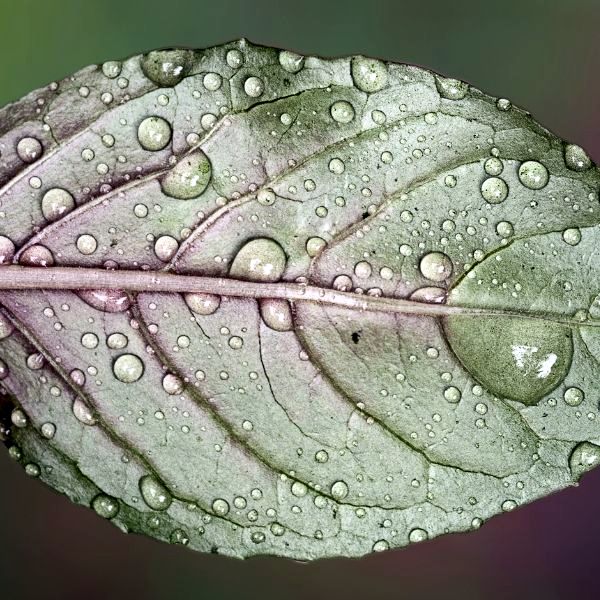
A plant humidifier is a machine that adds water vapor into the air, allowing you to achieve the correct humidity level you want for your plants.
Growing tropical plants indoors requires you to create an environment as close to their natural habitat as possible.
A plant humidifier will ensure that you have the perfect humidity level to keep your plants happy, healthy, and looking spectacular.
Like many home appliances that come in many designs, models and brands, this applies to plant humidifiers too. There are 3 different types to choose from. Let’s take a closer look.
Evaporative Cool Mist
These machines create mist by using a fan that pulls water over a filter or wick. The fan is a moving device and will create some noise. Filters need to be changed regularly as they encourage the growth of bacteria and mold.
Ultrasonic – warm or cool mist
These machines evaporate water using high-frequency vibration to produce very fine droplets. They don’t use filters and have no moving parts, making them quieter than evaporative machines. They are usually priced higher than other models.
Because the vibration produces very fine droplets, if you have highly mineralized water, white dust may appear once the mist has dried. The result of the white dust means plants with large leaves may lose their luster and need to be cleaned more often.
Warm Mist
A simple design that heats water, forming mist. The mist is then pushed out into the atmosphere.
What is Humidity?
Humidity is measured by checking the amount of water vapor in the air. It is usually expressed as a percentage. The average home is recommended to have a humidity reading of between 30% to 50% according to the United States Environmental Protection Agency (EPA). This will vary depending on the climate in the region where you live. The most comfortable humidity for your home is around 45%.

In an average home, some rooms are more humid than others. It is easy to guess that the bathroom will probably be the most humid due to the high levels of water vapor from showers and baths. The kitchen will also have high humidity, especially if you don’t open windows while cooking.
Even if you live in a humid climate, you will find that air conditioners, room heaters, fireplaces, and central heating will dry out the air. This will reduce the humidity.
Like most of us, you probably have no idea what the current humidity level of your home is. If you do want to know, you can buy a neat little device called a hygrometer. An entry-level model is not overly expensive. The humidity percentage is displayed on the digital screen and many models will also show you the temperature.
Which indoor plants need a humidifier?
Think Amazon jungle, misty rain forests, and romantic, lush tropical islands. Think ferns, prayer plants, carnivorous plants, philodendrons, parlor palms, alocasia, pothos, anthuriums, air plants, and monsteras. They thrive in hot, humid, damp conditions and will require extra humidity for them to grow in your home if you live in a dry climate or regularly use air conditioners and heaters.
Some rare orchids only thrive in regions with a humidity of over 60%. Take your umbrella along when you want to snap a to photo of this one for your social media posts.
How do I choose the best humidifier for my indoor plants?
Many humidifiers available on the market are made for humans, not for plants. So you need to be specific about the features you want for your tropical indoor garden. Buying a machine that can dispense soothing aromatherapy oils is probably not needed for your Delicious Monster or Fiddle Leaf Fig.
Tank capacity
Because your indoor plant humidifier will be used daily, you must consider how much water it can hold. Smaller machines need to be filled more often. Larger machines can hold enough water for a few days but come with other issues. How fit are you? Do you want to replace your gym workout with a session of carrying buckets of water to and from the kitchen?
Cost
Plan your budget before you set off shopping and don’t allow an over-enthusiastic salesperson to part you from your hard-earned money. Cheap is not always good, but overpriced can be just as bad. Check out the features carefully and decide whether you are getting value for money and most importantly, the features you need.
Warranty
Reputable companies offer meaningful warranties. You don’t want to find that your model stops working after a few months and you cannot get it repaired or replaced.
Safety
Look for models that have an automatic shut-off feature. This will switch the machine off at low water levels or when the water tank is removed.
Easy to clean
Check the design of the machine and ensure that it is easy to take apart, clean, and put back together.
Noise factor
While your plants certainly won’t be bothered by noise coming from the humidifier, a constant humming or buzzing may start to drive you crazy. Watching the dawn break after a sleepless night is no fun. Evaporative models with a fan make more noise than Ultrasonic models.
Running time
Look for machines that run for 12 to 24 hours. Some have variable settings to create a finer mist and ensure a longer running time. You don’t want to have to babysit your machine every few hours.
Filters
Some models have filters that need to be replaced. Choose a machine if possible with no filters. Filters collect bacteria, germs, and mold. To avoid bad odors and a collection of nasties inside, you will have to ensure that you replace them regularly. This will add to the cost of maintaining the machine. You may however, find yourself doing more dusting than usual! Humidifiers without filters use ultrasonic technology to break down the water and minerals into tiny particles. This creates a fine dust known as ‘white dust’. White dust is not harmful, but it does float through the air landing on plants and furniture.
Mist Control
This is a great feature, allowing you to control the intensity and direction of the mist. You will probably pay more for a machine with this functionality.
Aesthetics
Your humidifier will become an integral part of the décor theme in your home. Choose a machine that has a design ethic and is pleasant to look at.
Ease of use
If you are a tech-savvy person who loves caressing LED touch screens, opt for a model with these smart electronic features. For the rest of us, choose a machine with simple push buttons and easy-to-read labels.
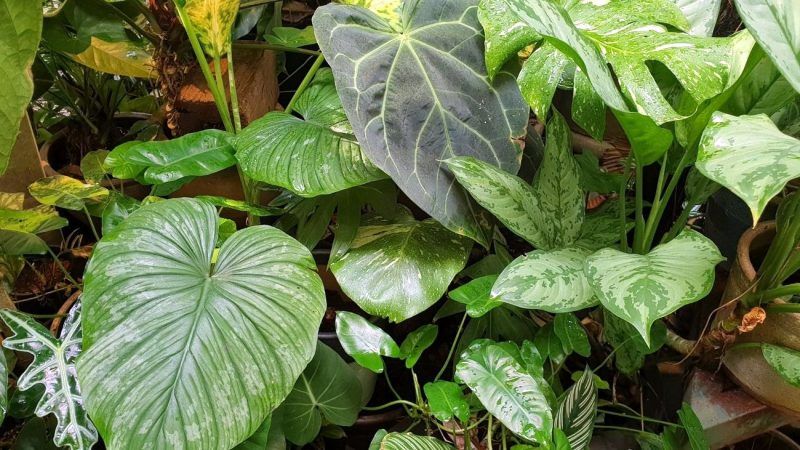
Summary
Setting up an indoor garden is a fun and rewarding hobby. There are a few things to consider to make sure your plants are living their best life and blooming beautifully.
Take a look at the suggested range of humidifiers that we have selected for indoor plants. They will help you create a fabulous exotic garden to show off.


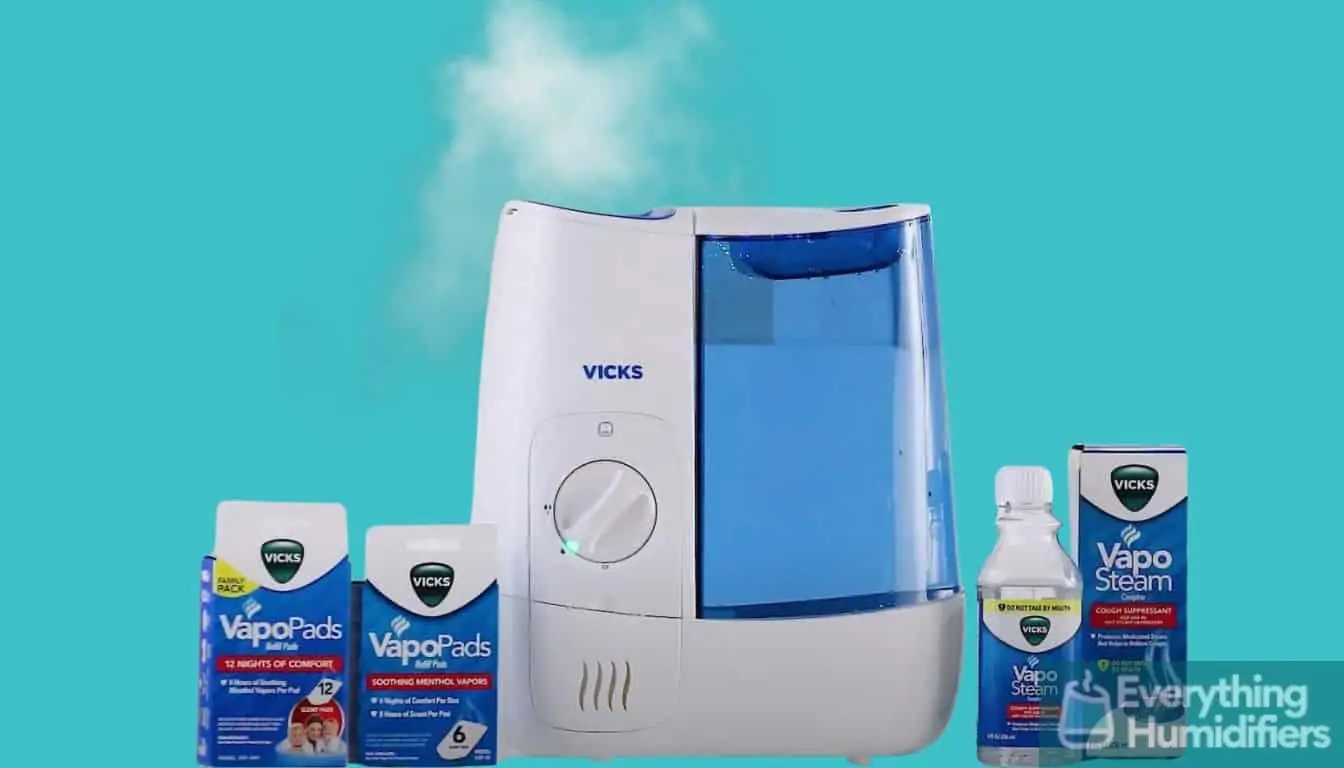
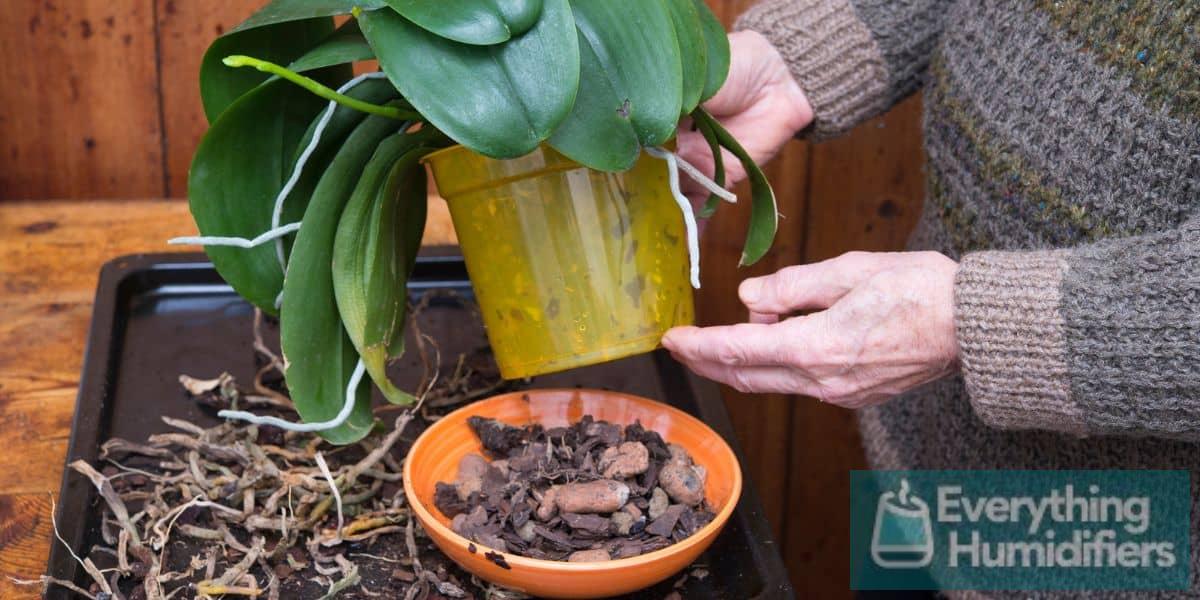
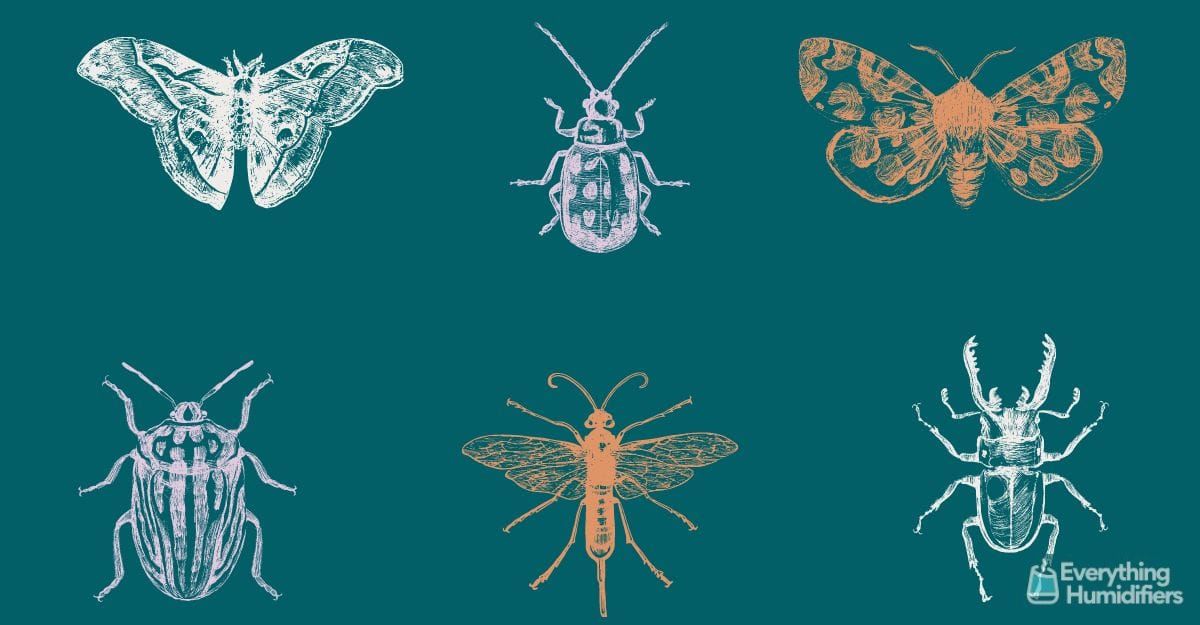
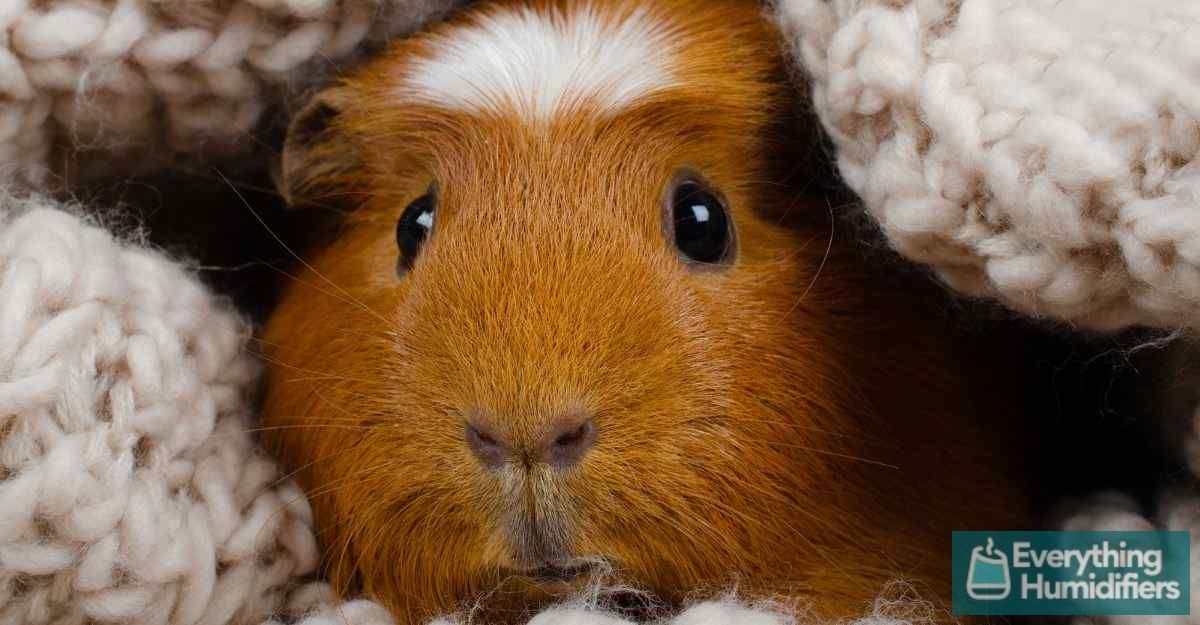
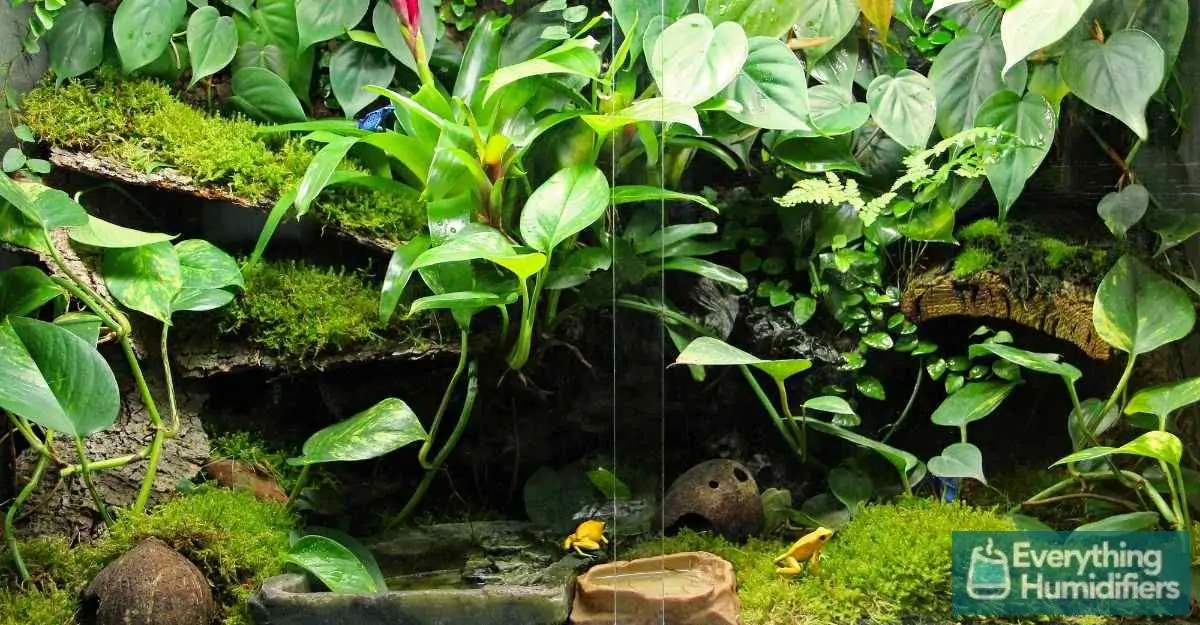
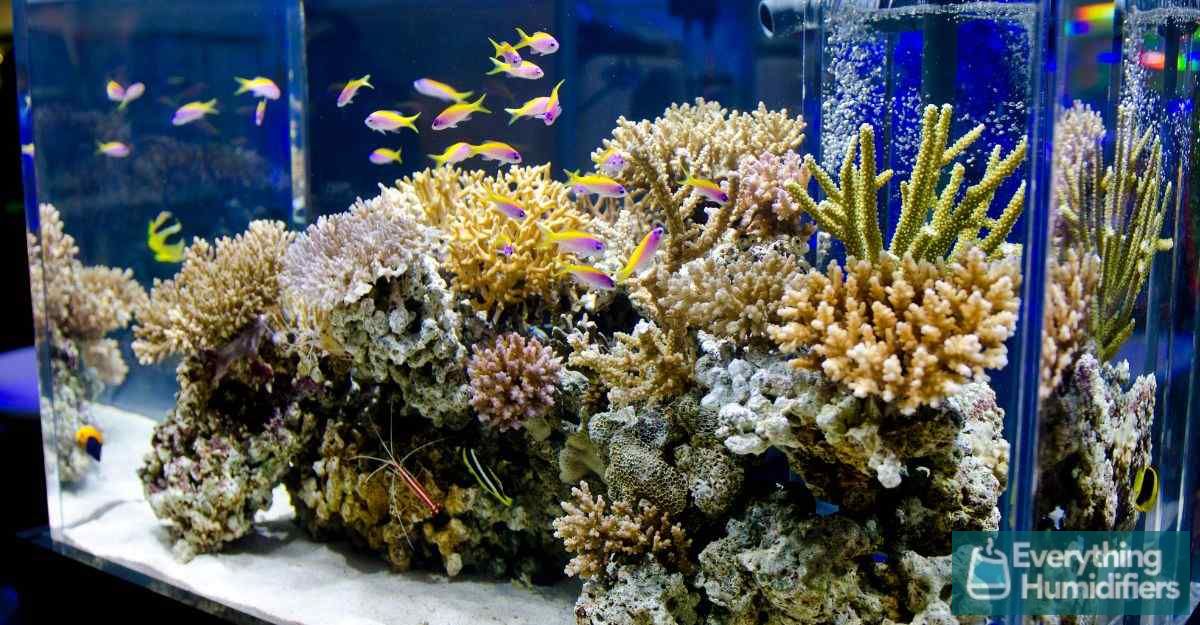
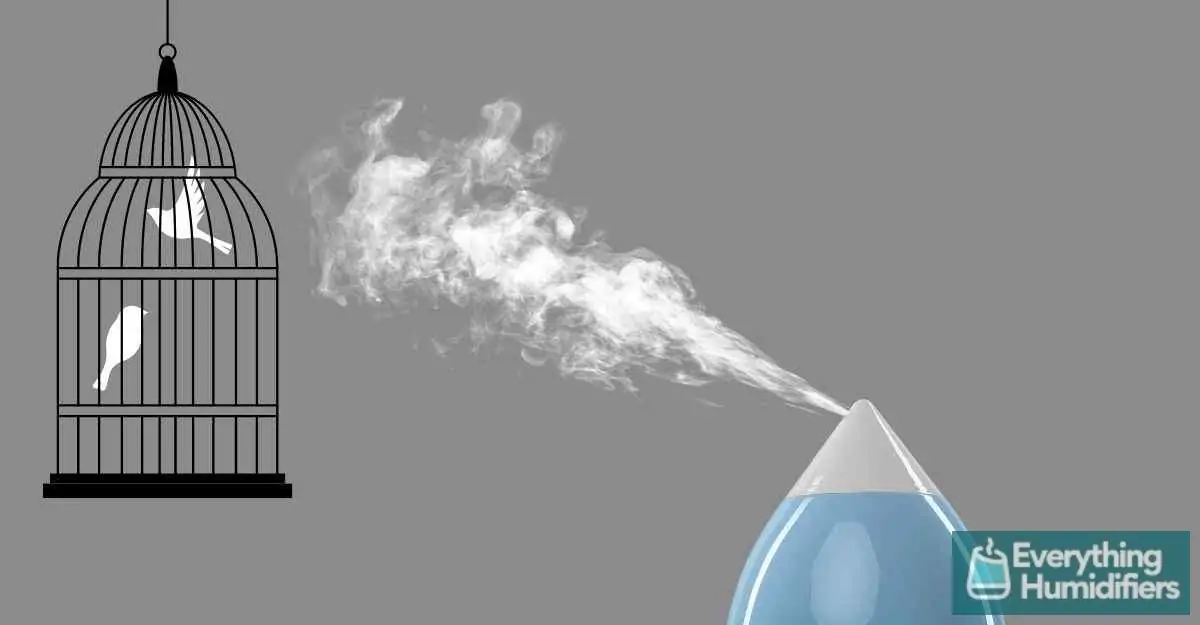
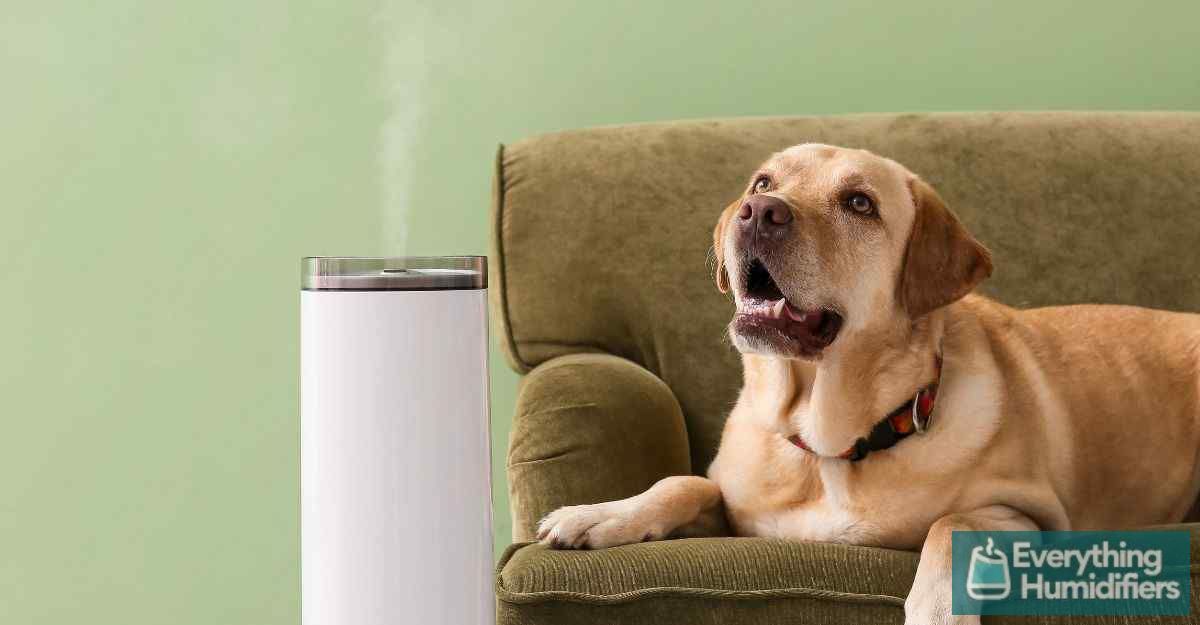
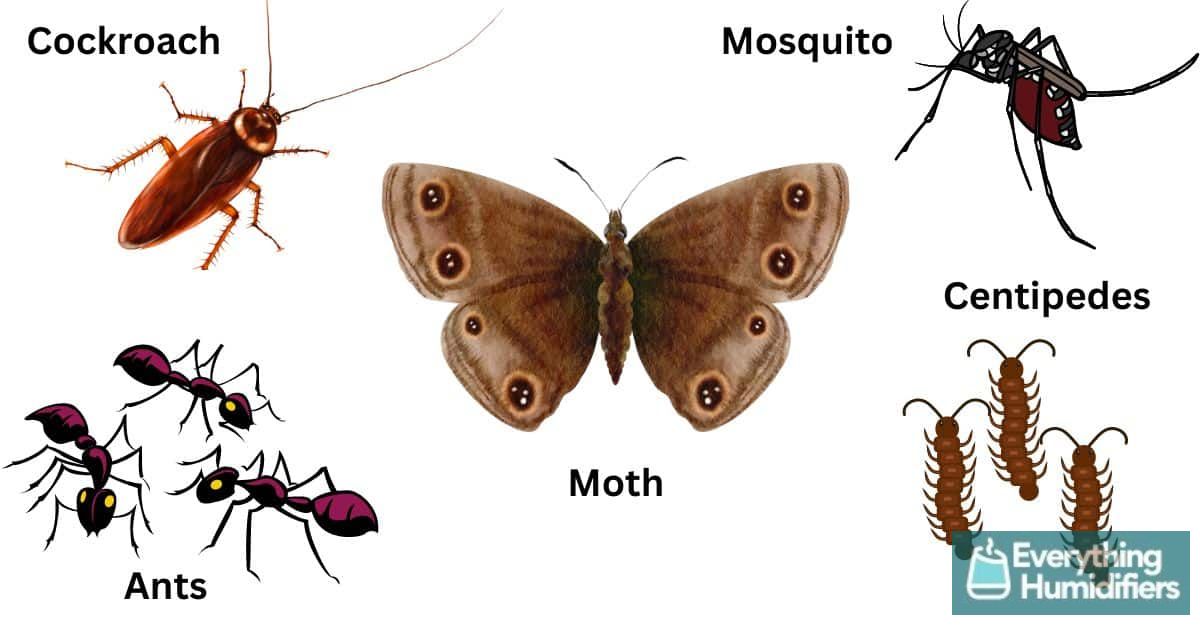
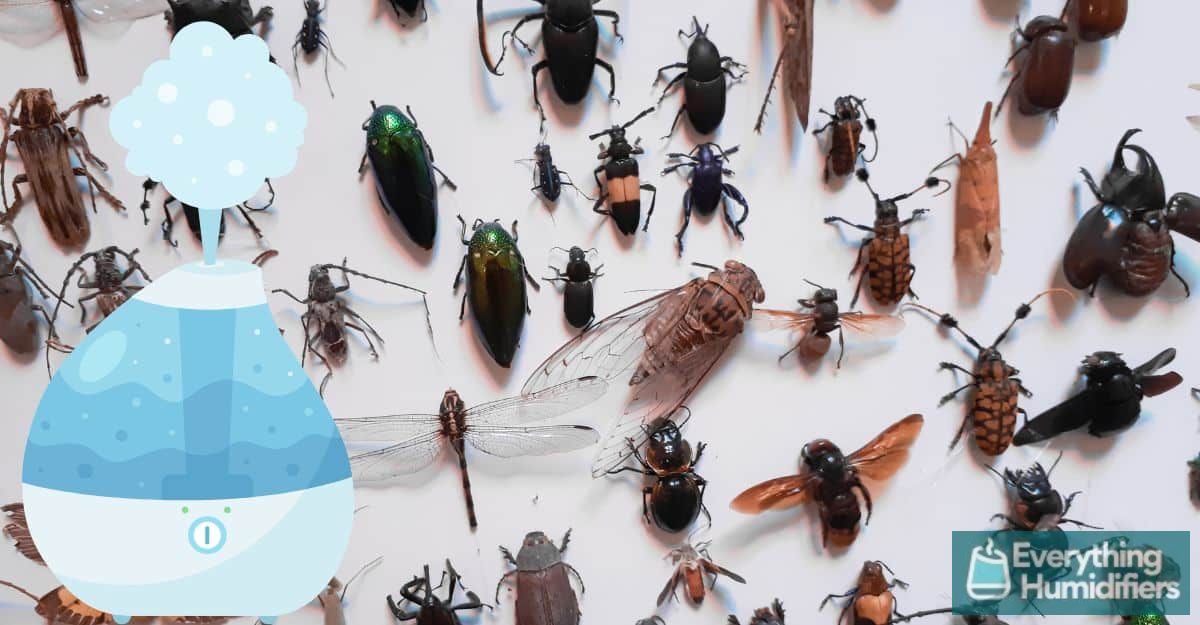
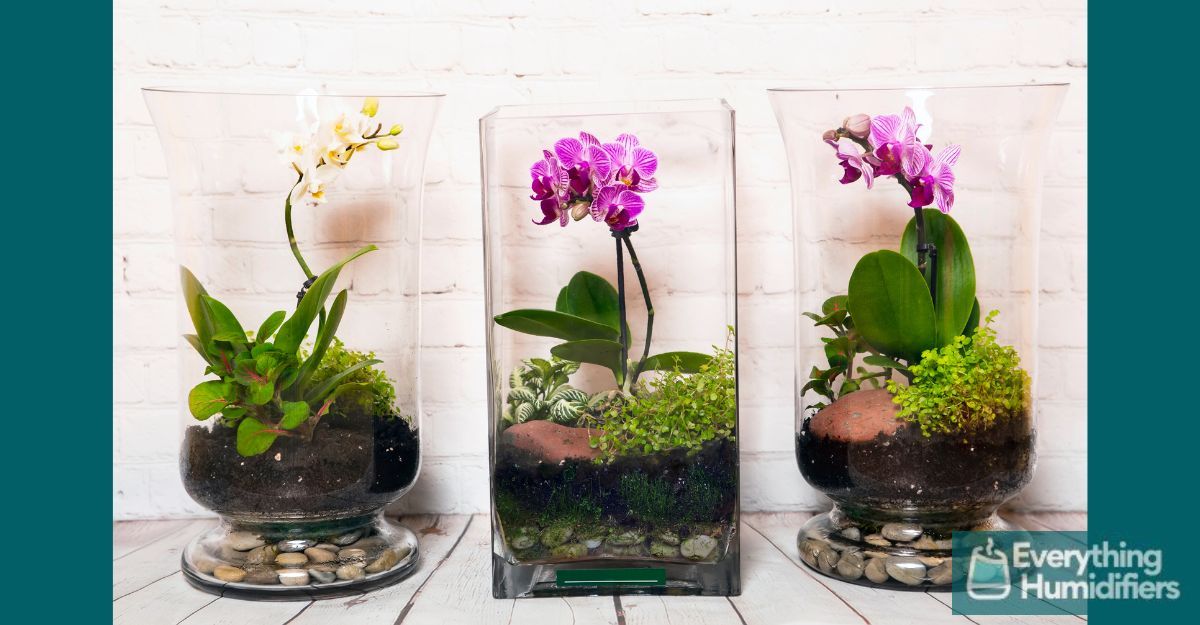
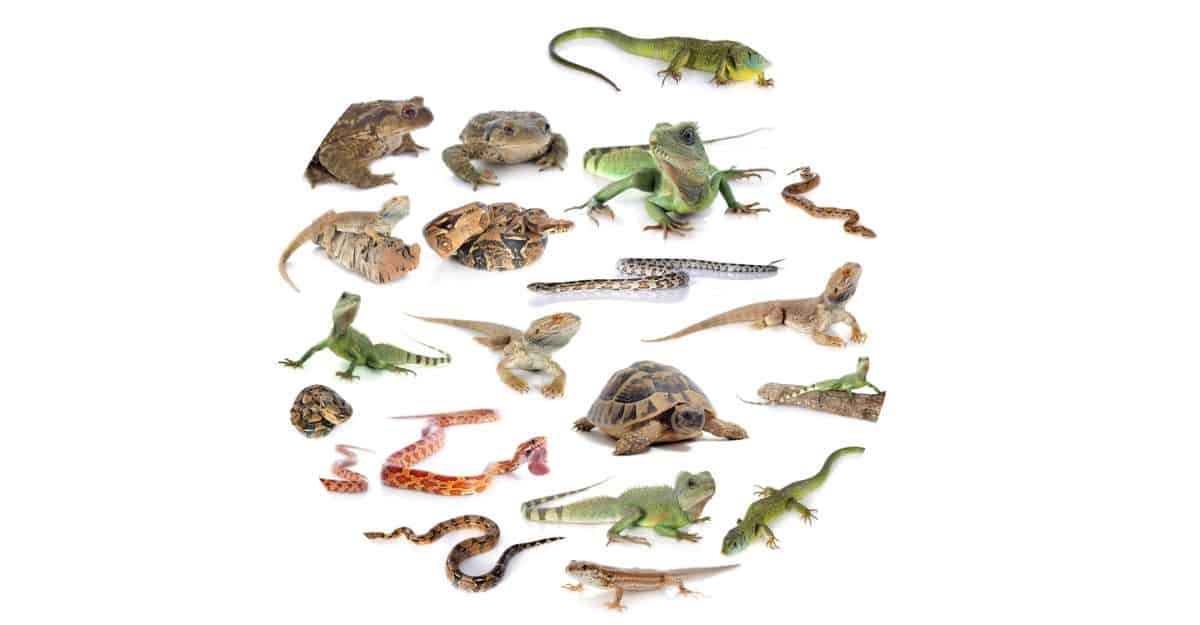
Leave a Reply
You must be logged in to post a comment.